Category
Blog
Date
March 1, 2023
Author
Marco

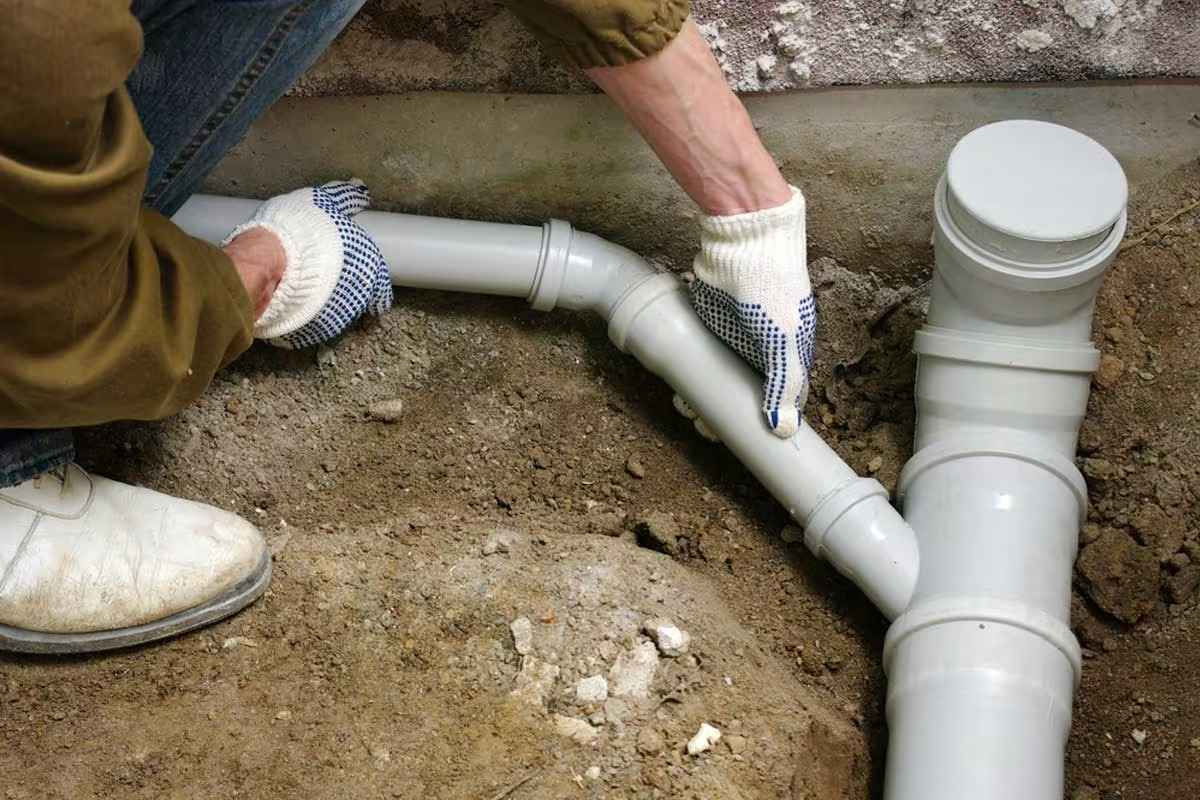
Drain pipe lining is a specific type of pipe lining used to repair or rehabilitate damaged or deteriorated drain pipes, including those used for sewage and wastewater. Drain pipes can become damaged or deteriorated because of factors such as corrosion, tree root intrusion, soil movement, and wear and tear. The drain pipe lining process involves inserting a flexible liner into the existing drain pipe and curing or hardening the liner. The liner used in drain pipe lining is typically made from epoxy, fibreglass, or Cured-In-Place-Pipe (CIPP). The process of drain pipe lining typically involves several steps. First, the existing drain pipe is inspected to identify any damage or defects. Then, a liner is inserted into the drain pipe, and it is expanded or inflated to fit the shape of the existing pipe. Once the liner is in place, it is cured using heat, light, or a chemical reaction, which hardens it and creates a new, smooth surface inside the drain pipe. Drain pipe lining is often a cost-effective and efficient alternative to traditional drain pipe repair methods, typically involving excavation and replacing the damaged pipe. Drain pipe lining can be completed more quickly than conventional repair methods, minimizing downtime and disruption to surrounding areas. Additionally, drain pipe lining can extend the lifespan of existing drain pipes and reduce the risk of future damage or failure.
Several types of drain pipe lining methods are commonly used for repairing or rehabilitating damaged or deteriorated drain pipes. These include:
Each of these drain pipe lining methods has advantages and disadvantages. The best way for a particular situation will depend on factors such as the damage’s extent, the drain pipe’s location, and the surrounding environment.
Drain pipe lining is necessary in cases where drain pipes have become damaged or deteriorated due to factors such as corrosion, tree root intrusion, soil movement, or wear and tear. Some of the reasons why drain pipe lining is necessary to include:
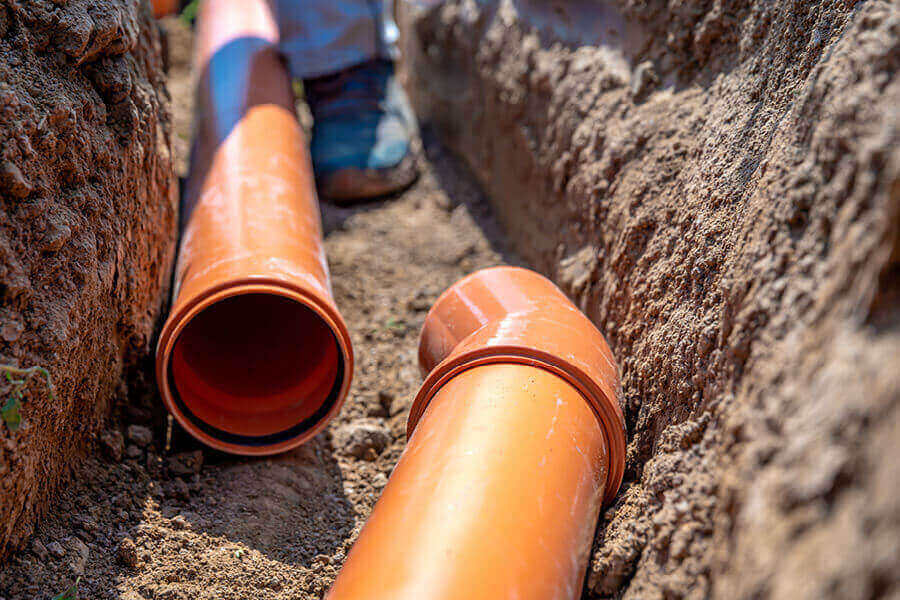
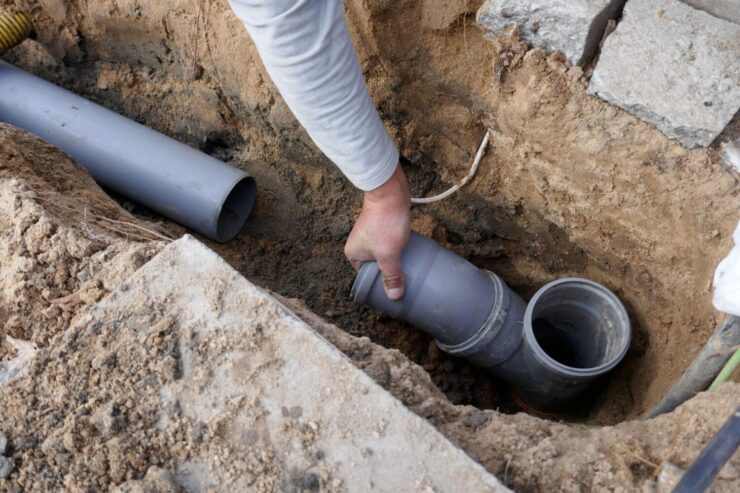
Drain inspection examines the condition and function of drain pipes to identify any defects, damage, or blockages that may be affecting their operation. Drain inspections are typically performed using specialized equipment such as CCTV cameras and sewer inspection robots, which allow for a detailed examination of the interior of the drain pipe.
During a drain inspection, a CCTV camera or sewer inspection robot is inserted into the drain pipe, and the operator can view the live footage on a monitor. The camera or robot is moved through the drain pipe to provide a complete inspection of its condition and operation. The footage obtained from the inspection can be used to identify any damage, defects, or blockages that may be present and can help repair or replace the drain pipe.
Drain inspections are typically performed by professional plumbing or drain cleaning companies and are often recommended as a preventative maintenance measure to identify potential issues before they become serious problems. Drain inspections can also be helpful in situations where there is a suspected blockage or another drainage issue, as they can provide a detailed view of the problem and help to identify the most effective solution for resolving it.
Some of the signs that your drain needs repairs are mentioned below.
A professional plumbing or drain cleaning company can perform a drain inspection to determine the cause of the problem and recommend the most appropriate course of action for repairing or rehabilitating the drain pipes.
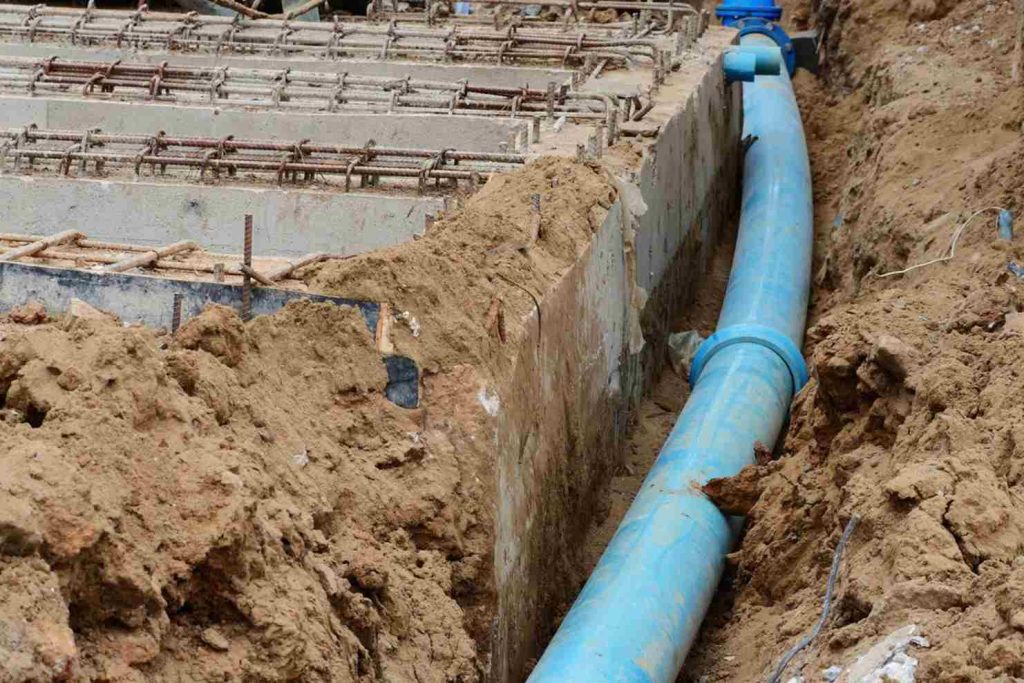
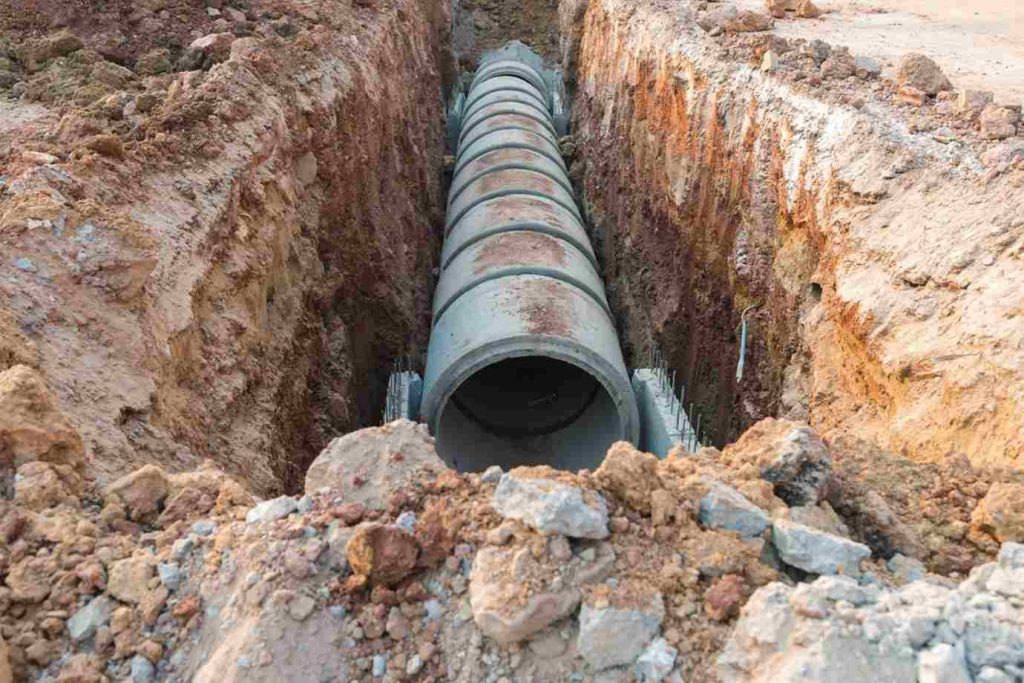
The lifespan of drain pipe lining depends on various factors, such as the type of lining material used, the condition of the existing drain pipe, and the level of maintenance and care provided to the drain system. Drain pipe lining is designed to provide a long-lasting and durable solution for repairing damaged or deteriorating drain pipes.
Many drain pipe lining materials, such as epoxy resin, have a lifespan of 50 years or more when properly installed and maintained. However, the actual lifespan of a drain pipe lining can be affected by factors such as the presence of corrosive materials or chemicals in the drain system, exposure to extreme temperatures or pressure, and the level of wear and tear on the lining material over time.
To ensure the longest possible lifespan for a drain pipe lining, it must be installed by a professional plumbing or drain cleaning company with experience in drain lining technology and to follow recommended maintenance and care guidelines. Regular drain inspections, cleaning, and upkeep can help prevent blockages, corrosion, and other issues that can reduce the lifespan of the lining material.
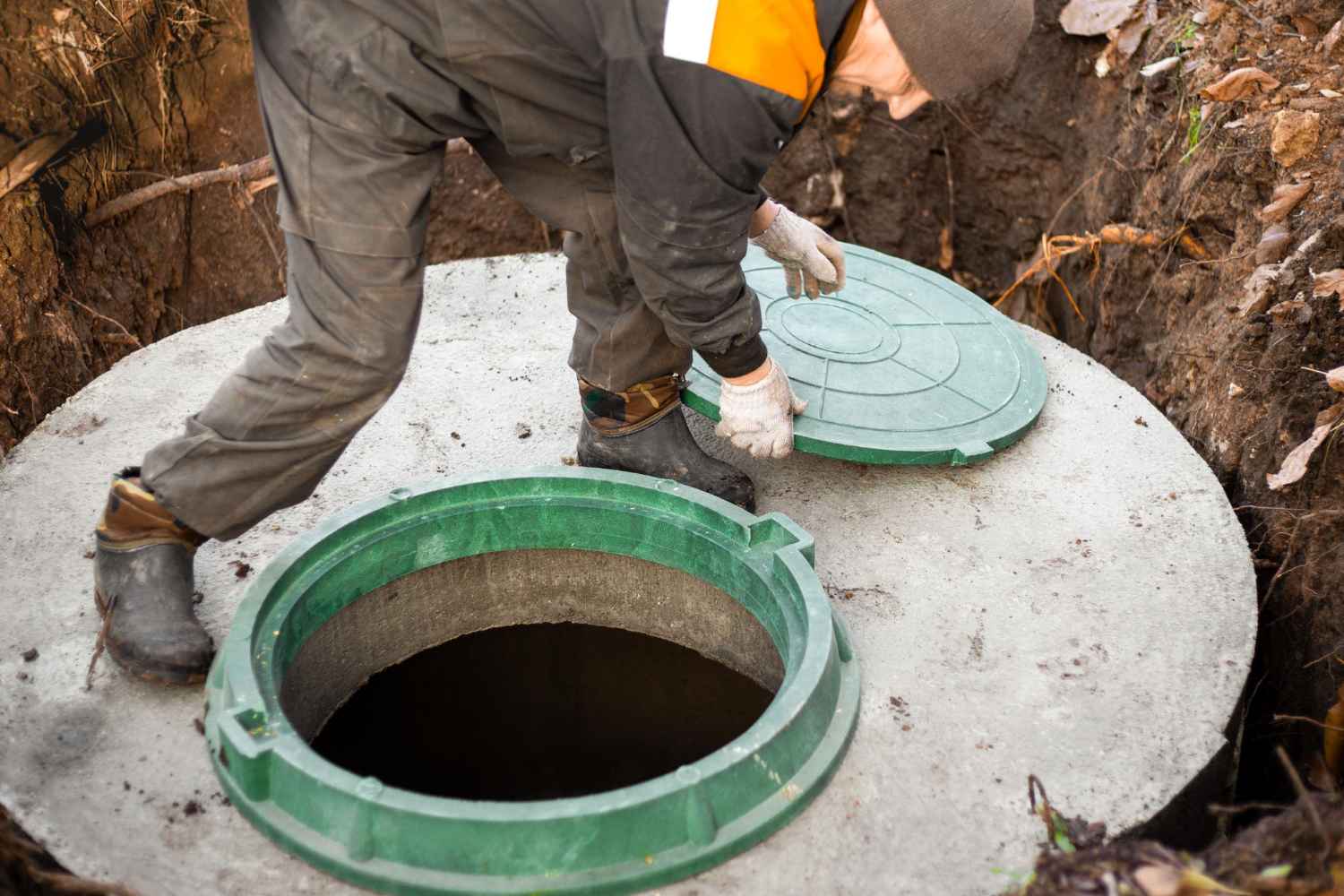


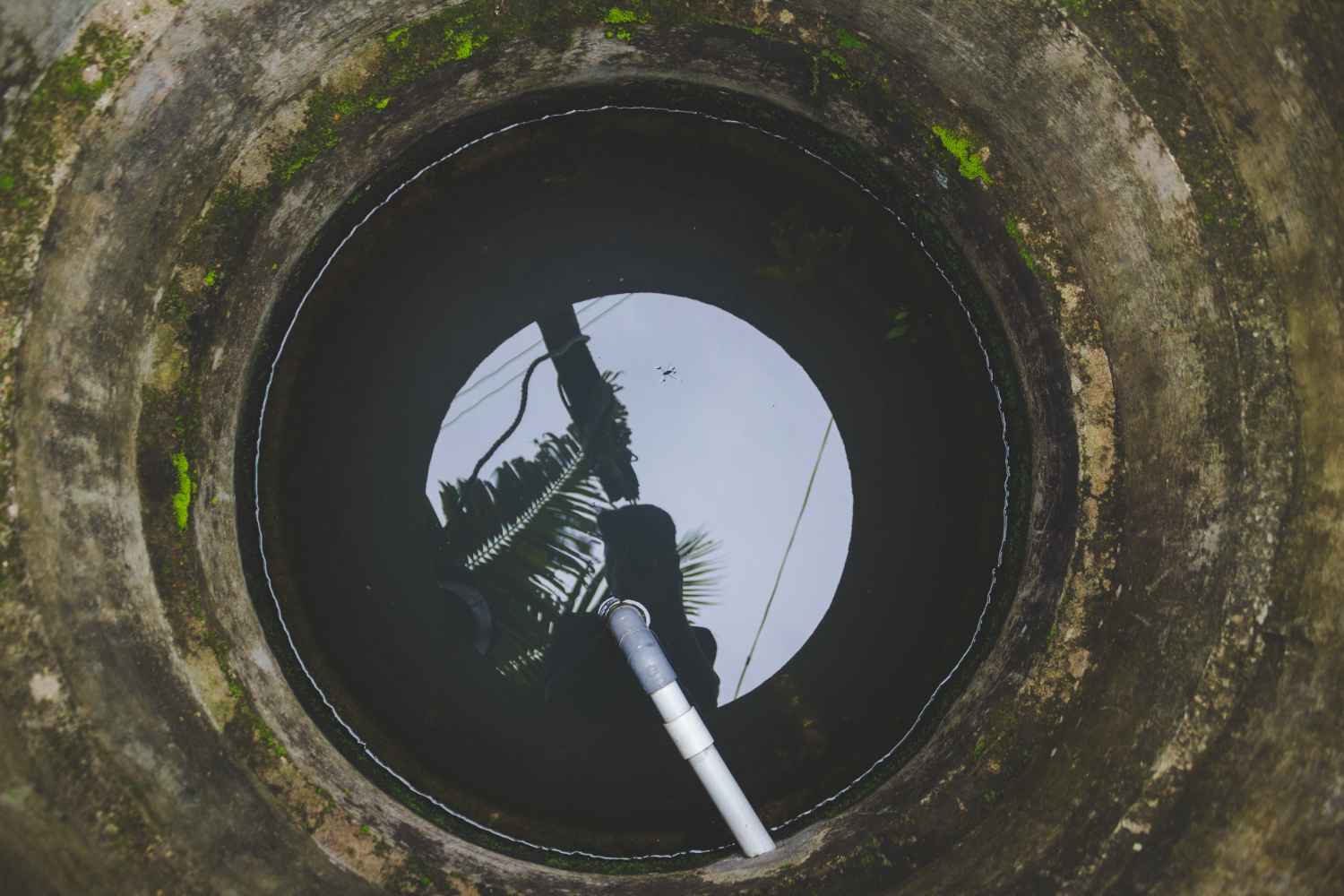
Areas we cover
Basingstoke | Southampton | Guildford | Bournemouth | Poole | Portsmouth | Crawley | Dorchester | Peterborough | Newbury | Christchurch | Gillingham | Swindon | Winchester | Reading | Oxford | Slough | Abbotswood | Sterte | Ascot | Stoughton | Broadstone.